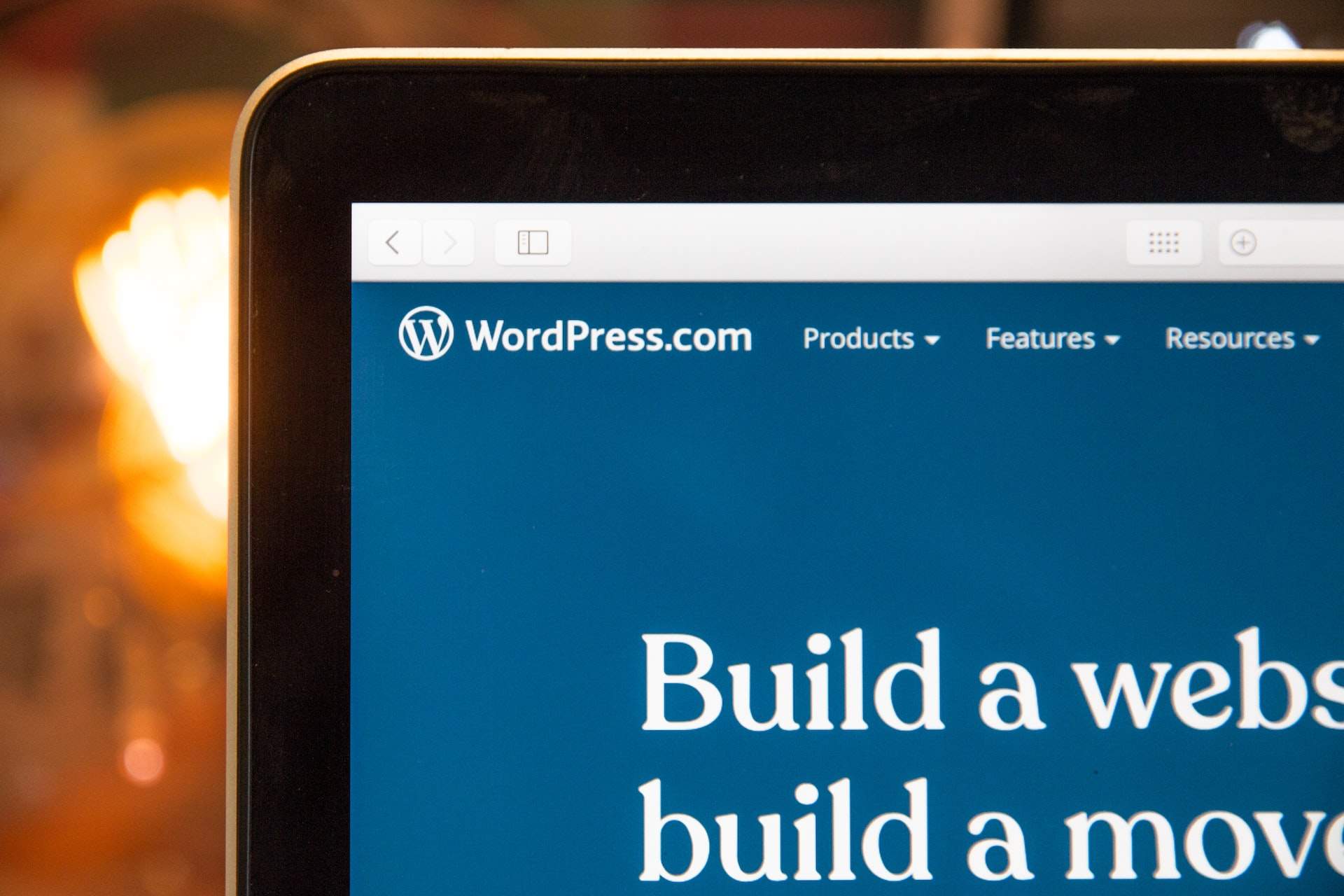
14 Sep 5 Helpful Tips for Starting a WordPress Website
WordPress is becoming an industry standard for starting and growing websites. The creative and customisability of WordPress means almost anyone can start their own website, without knowing any code. If you are thinking of starting your own website, have a read of our 5 crucial tips when starting. These will help you understand the most basic rules for making your website successful.
1. Pick your host
Picking your host is one of the first tips we can give you for starting your new WordPress website. A host is how you make your website go live on the internet which is crucial for getting visitors.
A host also helps you handle traffic rates, stops downtimes or crashes and gives you quick response times to user interactions. There are many different hosting providers, some are specially designed to work with WordPress sites. Our website uses Cloudflare, but there are other common ones like GoDaddy and Bluehost.
2. Use a theme
Unless you’re a skilled coder and web designer, using a WordPress theme is a great way to make your website look professional. Installing a theme means you can still customise and create your website the way you want, without the need to code, and lets you utilise premade elements.
Make sure you do some research on different themes available for WordPress. Keep your website looking coherent by using one theme for every page. Each theme has different elements for different styles of websites, so make sure you choose one suitable for what you’re creating, whether that’s a business website, portfolio, online store etc.
3. Install Plugins
Plugins are great additions to WordPress, which makes it such a popular website builder. One super important plugin to install is an SEO (search engine optimisation) plugin. This is incredibly helpful when creating your website pages. It helps highlight the parts of your page that can increase your website’s ranking on search engines.
Other important plugins can include: page speed optimising, image compressing, embedding forms, security, and video embedding.
4. Customise and decorate
Making your website interesting and visually pleasing is important for its success. Depending on what website you’re building, will change the style of composition you choose.
A rule of thumb: websites with images and videos, varying text and titles, accessible menus and intuitive pages, will mean users can easily navigate and enjoy your website. Spacing out your content and keeping relevant information on each page will help users understand which page is for what. Placing social buttons and interactives also helps prompt interaction on your site.
Lastly, make sure your content and website reflect your brand, company or self accurately. This can be achieved through colour palettes and recurring images or illustrations. Make sure you depict your identity truthfully through your website design.
5. Regular updates and checks
Your website needs to be regularly checked and updated to make sure it stays online and functioning. This is a crucial part of website design, without it, your website will be unresponsive and unusable.
Checking on every page, internal/external links, security and other plugins will ensure your website remains functioning. Users who find unresponsive pages, slow loading times or broken links will stop visiting indefinitely, so make sure you check on this frequently!
We hope this blog post was helpful for aspiring web designers and creators. WordPress is a great tool for anyone who wants to create their own website, so don’t be scared to try it out!
Here at Websense Development, we can help out with your website needs. Whether it is a WordPress site or not, we have skilled workers who can help with the maintenance and running of your website. Check out our services here.




Sorry, the comment form is closed at this time.